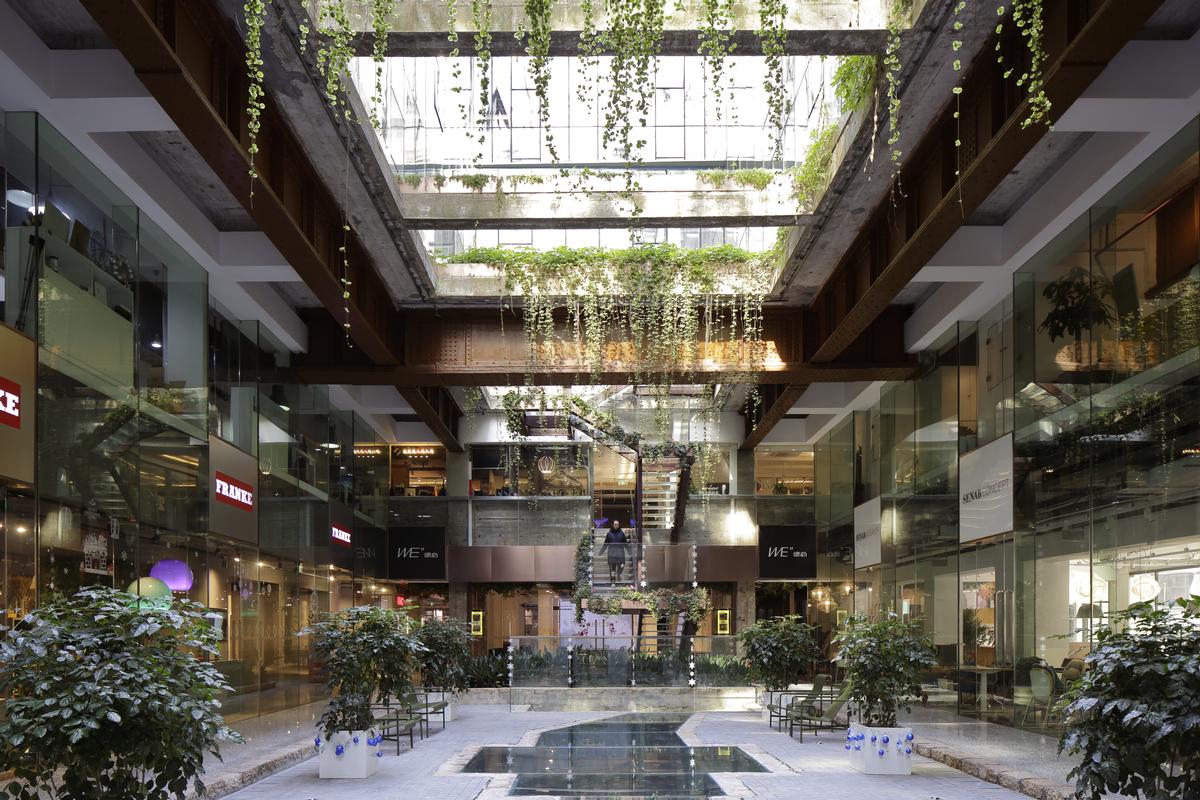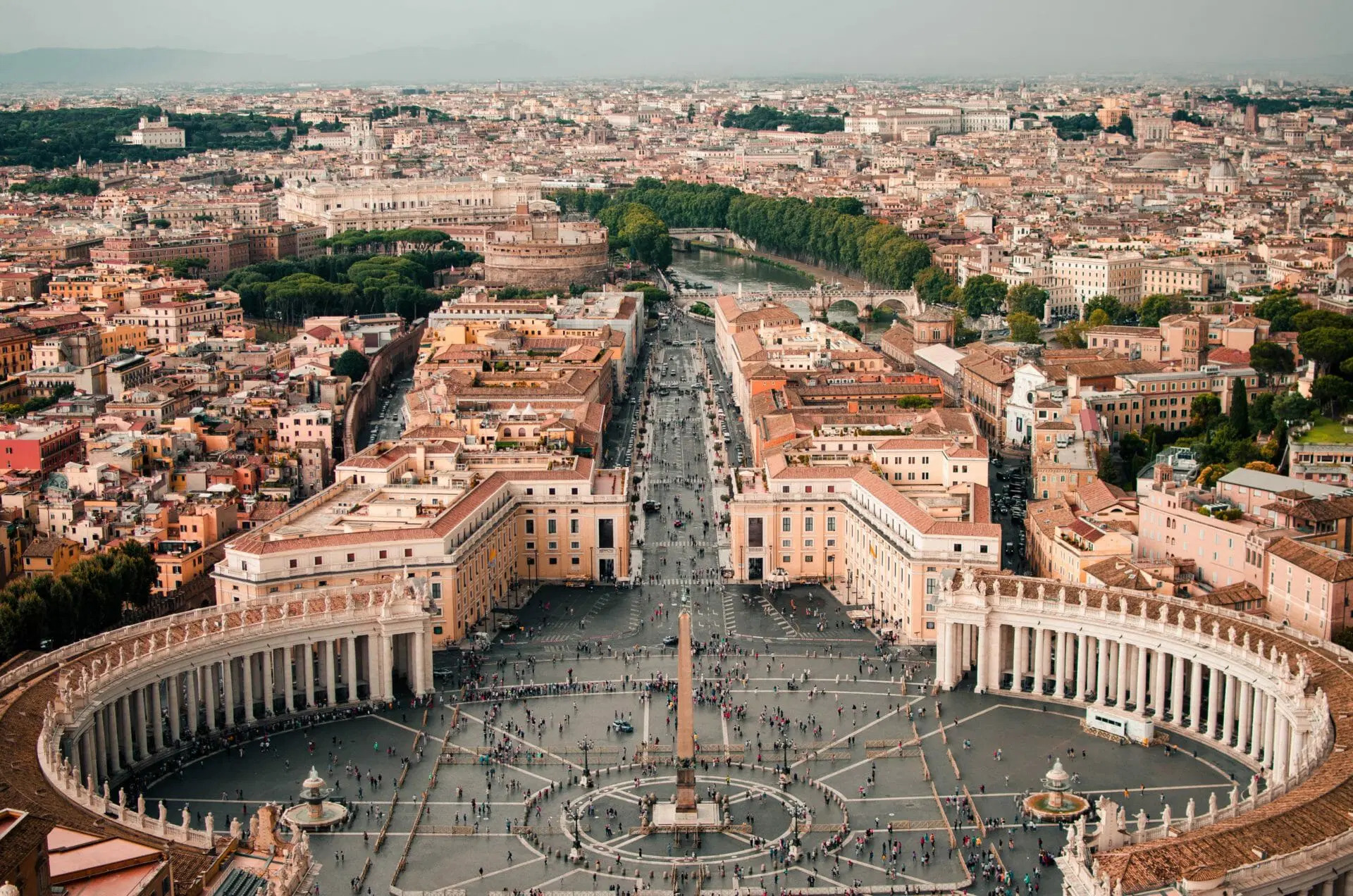- Home
- Articles
- Architectural Portfolio
- Architectral Presentation
- Inspirational Stories
- Architecture News
- Visualization
- BIM Industry
- Facade Design
- Parametric Design
- Career
- Landscape Architecture
- Construction
- Artificial Intelligence
- Sketching
- Design Softwares
- Diagrams
- Writing
- Architectural Tips
- Sustainability
- Courses
- Concept
- Technology
- History & Heritage
- Future of Architecture
- Guides & How-To
- Art & Culture
- Projects
- Interior Design
- Competitions
- Jobs
- Store
- Tools
- More
- Home
- Articles
- Architectural Portfolio
- Architectral Presentation
- Inspirational Stories
- Architecture News
- Visualization
- BIM Industry
- Facade Design
- Parametric Design
- Career
- Landscape Architecture
- Construction
- Artificial Intelligence
- Sketching
- Design Softwares
- Diagrams
- Writing
- Architectural Tips
- Sustainability
- Courses
- Concept
- Technology
- History & Heritage
- Future of Architecture
- Guides & How-To
- Art & Culture
- Projects
- Interior Design
- Competitions
- Jobs
- Store
- Tools
- More

Interior design trends for public spaces are constantly evolving, with a focus on creating functional, sustainable, and user-friendly environments. The emerging trends of smart spaces, resimercial design, and wellness design have the potential to revolutionize the way we think about and use public spaces.
- Biophilic Design: Biophilic design incorporates natural elements into interior spaces, such as plants, natural materials, and sunlight. This trend is popular because it creates a calming and welcoming atmosphere, and has been shown to improve people’s moods and productivity.
- Flexible Layouts: Public spaces are being designed with flexible layouts that can be easily reconfigured to accommodate different activities and events. This trend allows for more versatility and adaptability in public spaces, making them more functional and user-friendly.
- Sustainable Design: Sustainable design is becoming increasingly popular in public spaces, with a focus on using environmentally-friendly materials and technologies. This trend promotes a more eco-conscious approach to design, which is important in our current climate crisis.
- Resimercial Design: Resimercial design blends elements of residential and commercial design, creating a more comfortable and home-like feel in public spaces. This trend has emerged as a response to the growing demand for spaces that are both functional and welcoming.
- Wellness Design: Wellness design incorporates elements that promote health and wellbeing, such as natural light, air purification systems, and ergonomic furniture. This trend is becoming increasingly popular in public spaces such as offices, schools, and hospitals.

Emergence Cultural Buildings’ Interior
Cultural buildings are spaces that are designed to showcase art, music, and history. They are often used as community gathering places, and as such, require interiors that are functional, sustainable, and welcoming. In recent years, there has been a growing interest in using emerging interior design trends to create more innovative and user-friendly cultural spaces. The interior design of these spaces plays a crucial role in shaping visitors’ experiences, as it can affect their perceptions of the artwork, music, or history on display. In this part of the article, we will explore some key considerations for designing culture buildings’ interiors.
Designing cultural building interiors is a complex process that requires careful consideration of various factors. By prioritizing functionality, aesthetics, lighting, acoustics, and accessibility, designers can create engaging and memorable cultural spaces that enrich visitors’ experiences. A well-designed interior can enhance the artwork, music, or history on display and inspire a sense of wonder and curiosity in visitors.

The aesthetic of a cultural building’s interior should complement the exhibits on display and evoke a sense of awe and wonder in visitors. The design should be visually appealing, harmonious, and memorable. The aesthetic should be consistent throughout the building, creating a cohesive experience for visitors. Designers should consider the use of color, texture, and pattern to create a visually stimulating environment. Acoustics are an essential consideration in designing cultural buildings’ interiors, particularly in concert halls. The interior design should be acoustically optimized to ensure that sound is distributed evenly throughout the space, without any echoes or distortions. Designers should consider the use of sound-absorbing materials, such as carpets and wall panels, to create a more controlled acoustic environment.
Lighting is a critical element in cultural building interiors as it can enhance the viewing experience and highlight the artwork on display. Natural lighting is ideal, as it creates a more comfortable and welcoming environment. However, if natural light is not available, artificial lighting can be used to create a similar effect. Designers should consider the use of different types of lighting, such as spotlights and ambient lighting, to create a dynamic and engaging environment.
Emerging interior design trends have the potential to revolutionize the way we think about and use cultural spaces. As an emergence trend, smart spaces are designed to use technology to create more efficient and user-friendly public spaces. In cultural buildings, this can mean using sensors to track foot traffic and adjust lighting and temperature accordingly, as well as incorporating touchless interfaces and smart signage. For example, visitors could use an app to navigate exhibits, find restrooms, and order food without having to interact with staff directly.
Emerging trends in interior design, such as wellness design, can be applied to cultural buildings to create a more holistic and immersive experience for visitors. Wellness design is an approach to interior design that emphasizes the health and well-being of occupants by promoting relaxation, comfort, and connection to nature.

Submit your architectural projects
Follow these steps for submission your project. Submission FormLatest Posts
Enhancing Urban Life: Best Practices for the Design of Walkways in Urban Areas
Discover the transformative role of urban walkway design in creating safer, sustainable,...
Playgrounds: Landscape Architecture for Inviting Interaction
Playgrounds in landscape architecture are more than spaces for activity—they are environments...
Future Trends in Urban Development: Embracing Sustainability and Smart Technology
Explore the future of urban development in this insightful article that highlights...
Understanding Having an Architectural Perception in Public Spaces for Better Community Engagement
Explore the transformative power of architectural perception in public spaces. This article...












Leave a comment